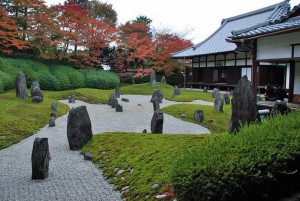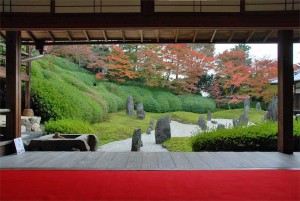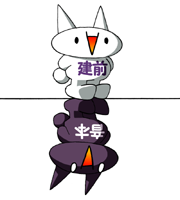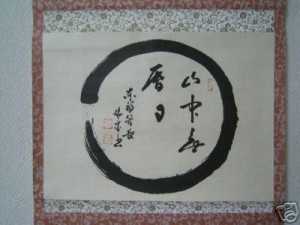Hmm. What should I post about today for this auspicious occasion?
I have thought about this long and hard. To be perfectly honest, I don't consider myself much of a teacher and in fact I feel like I don't know anything. So many today are white belts in skill but 10th dan in self-promotion. Nothing makes me sadder than when I read someone's bio and there are obvious exaggerations. I know from my own experience that it is very difficult to live one's life with integrity, humility and truthfulness.
I have re-posted something Sensei posted on September 27, 2005 to his Daily Message that I thought might be appropriate for my 100th post. Please enjoy!
To live for one's self is most probably the most practical, realistic way to live.
To live for others is most definitely the most beautiful way to live.
To live with a caring heart for others will influence you every second of every day of your life.
To live to throw others down or defeat them will probably effect you only for a few seconds only once in your entire lifetime.
It is useless to be strong and skillful without a caring heart for others.
To lose or win is only chance and the way of the world - it is typical to desire to win, it is realistic to know that you will lose. It is wiser not to waste your time with such trivial matters when you can use your life and energies for much more worthy efforts.
After teaching my students for so many years, I have realized that there is much more to teaching than making someone strong and skilled. It all has to do with heart and life and righteousness . . . . . if our lives are not directed towards finding a peaceful way to live, we can never understand what O'Sensei's teachings are nor what is the spirit and true meaning of Aikido. However, we can never separate ourselves from the correct practice of Aikido itself. . . .
Whether we are walking, riding a fancy car, crawling on our hands and knees, or being pushed or carried along on the shoulders of others, the road must still be correct. . . . In this way, we can never separate ourselves from correct training or a correct understanding of Aikido. . . . .
When you think you can do anything you want in this world, you are only being silly. Think of your mother, your father, your sisters and brothers, those you work with, those you practice with, your friends and loved ones, your neighbors. . . . what you have to do in this world is very clearly in front of you. . . . all you can choose for yourself in the Path you take - luckily you have chosen Aikido, I think it is a kind of Karma that you are blessed like this to enter O'Sensei's world. . . . Please don't miss this opportunity and apply yourself well to your practice and support the dojo.











